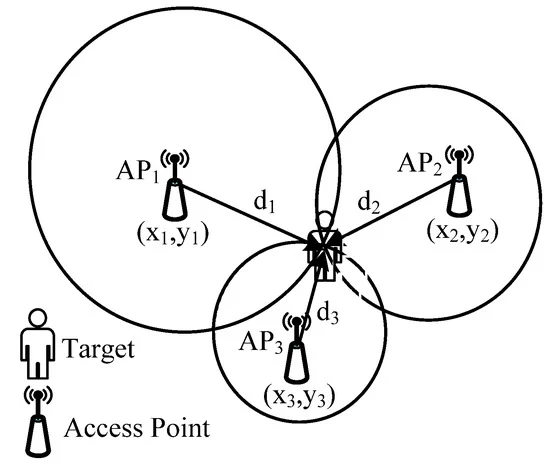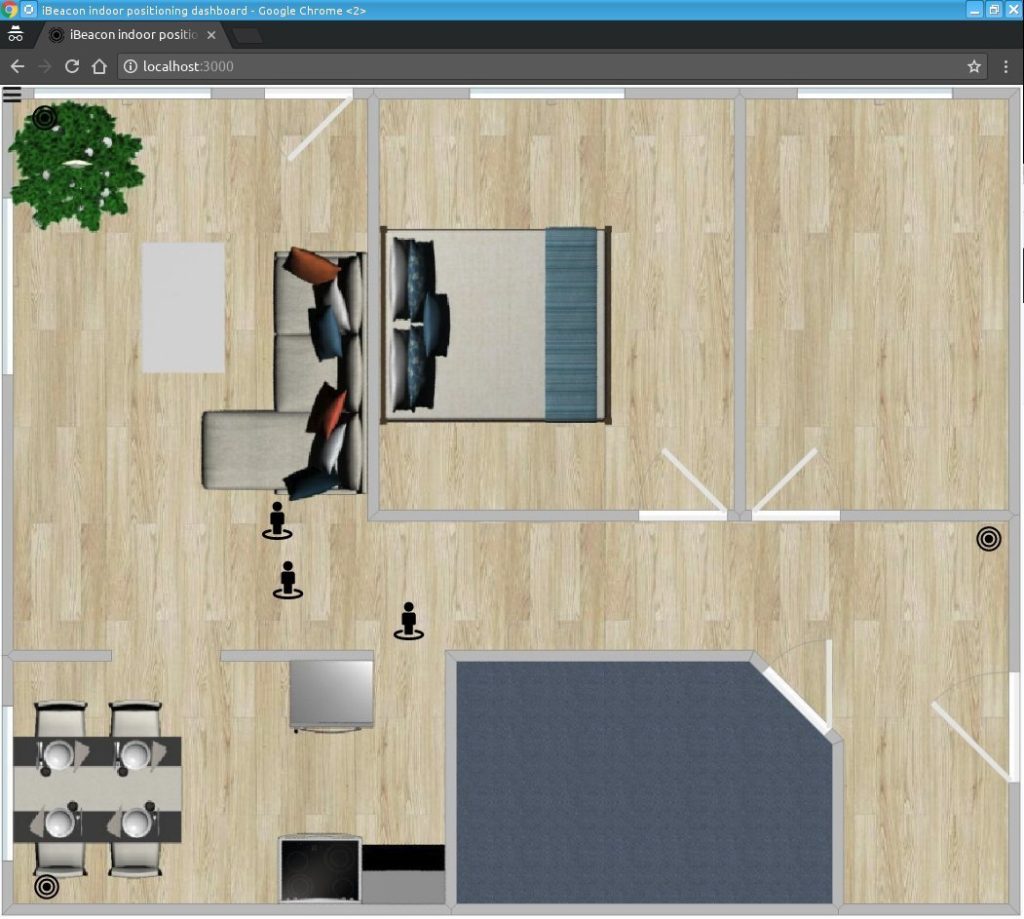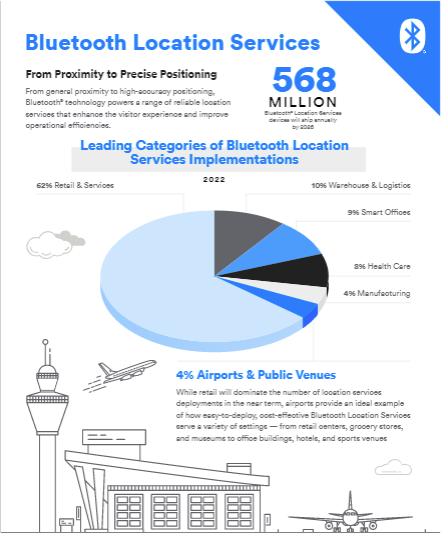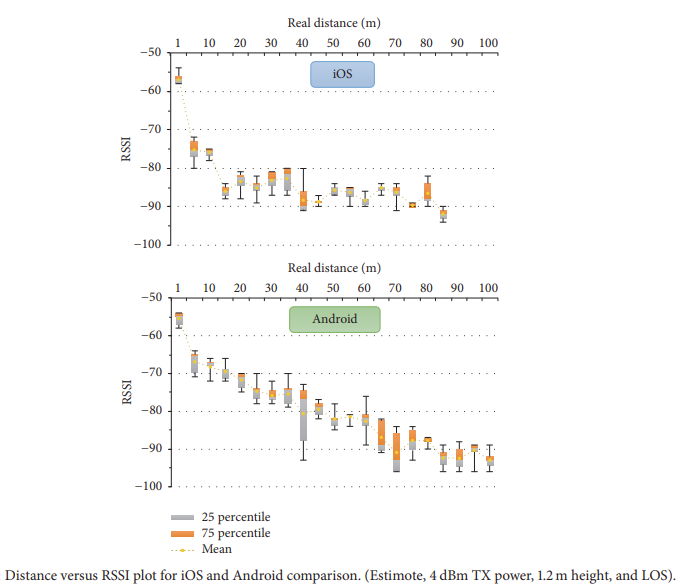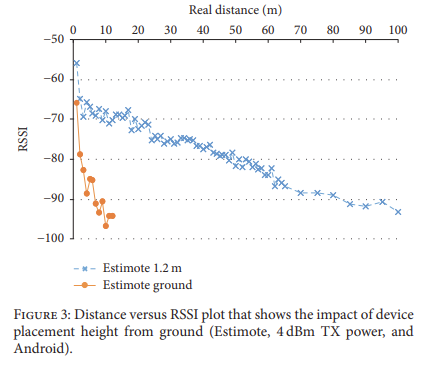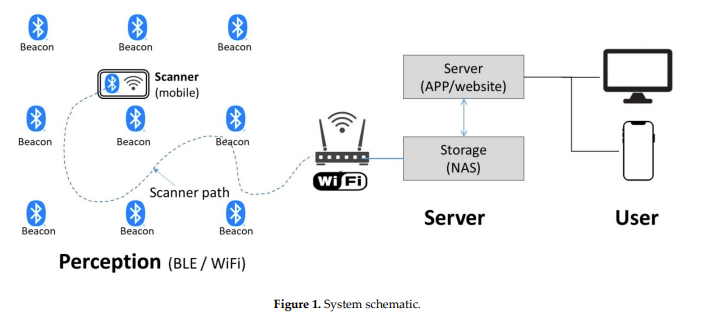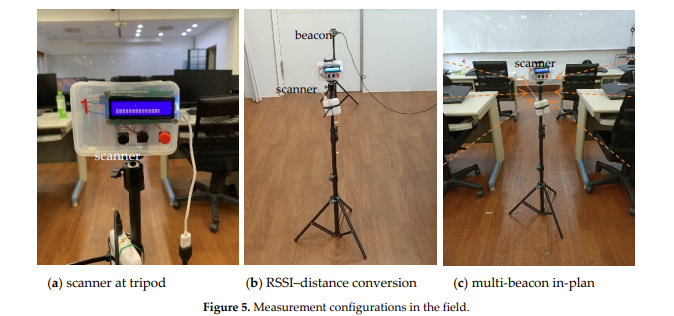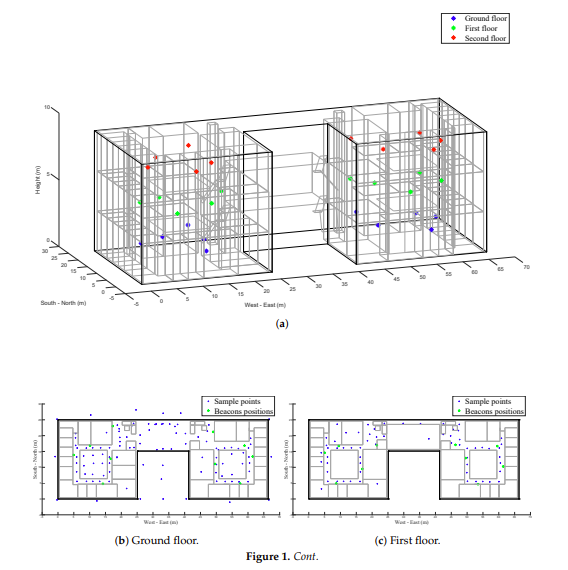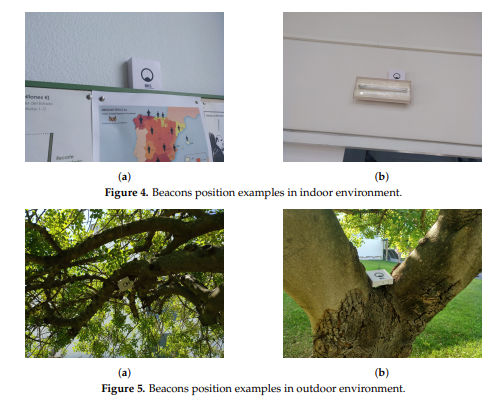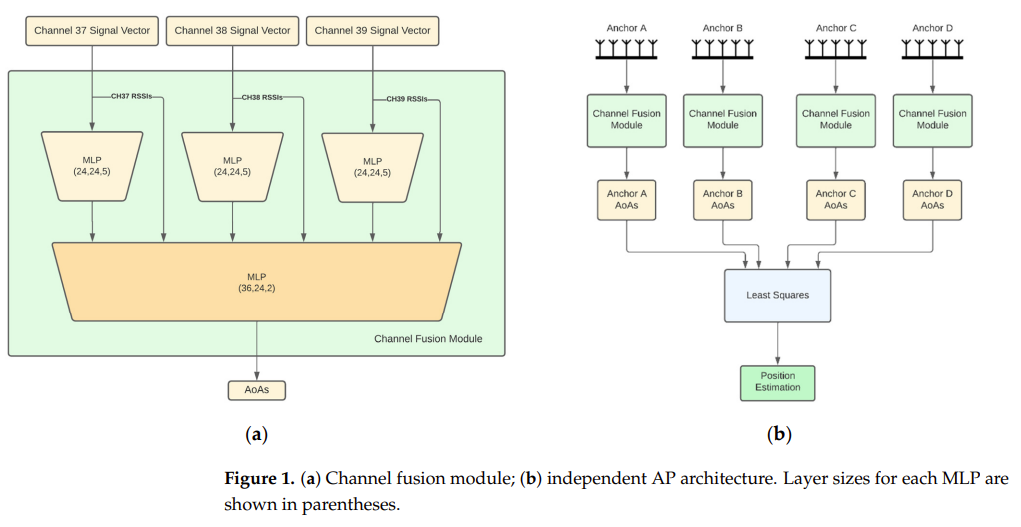RTLS systems are used to track the location of objects or people, tagged with Bluetooth beacons, in real time. Some of the advantages of using a RTLS include:
- Improved efficiency: RTLS systems allow organisations to track the location of assets or personnel in real time, which can help improve the efficiency of operations. For example, a RTLS system can be used to track the location of equipment in a warehouse, allowing workers to quickly locate and retrieve items when needed.
- Enhanced safety: RTLS systems can also be used to improve safety in a variety of settings. For example, a RTLS system could be used to track the location of workers in a construction site, allowing supervisors to quickly respond to any safety incidents.
- Increased visibility: RTLS systems provide organisations with real-time visibility into the location of assets or personnel, which can help with decision making and resource allocation. For example, a RTLS system can be used to track the location of vehicles on a site, allowing managers to optimise routes and reduce fuel consumption.
- Improved asset utilisation: RTLS systems can help organisations to better utilise their assets, by providing real-time information about their location and availability. For example, a RTLS system could be used to track the location of equipment in a hospital, allowing better matching of demand with supply.
Overall, the main advantage of using a RTLS system is that it provides organisations with real-time information about the location of assets or personnel, which can help them to improve efficiency, enhance safety, and better utilise their resources.
